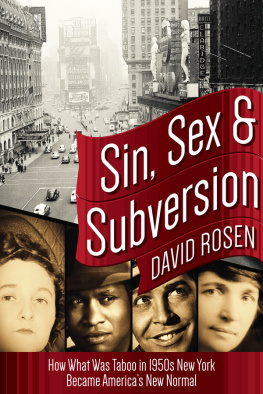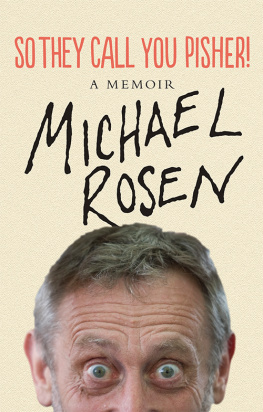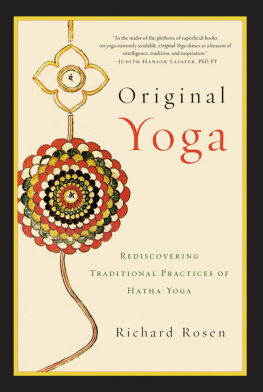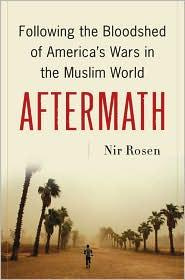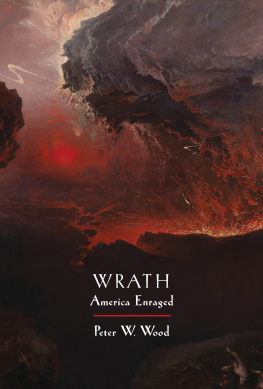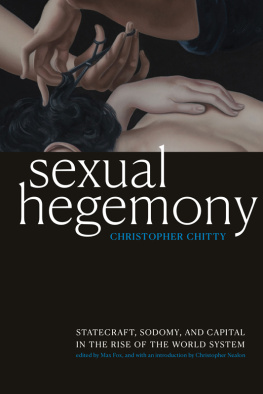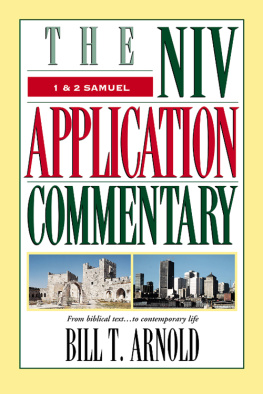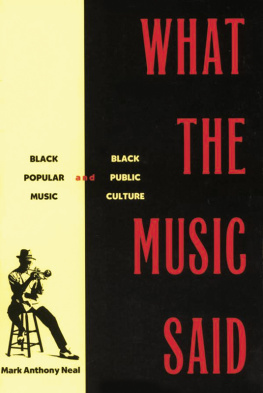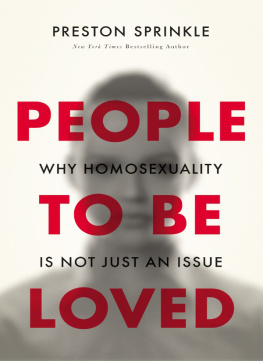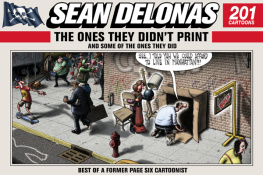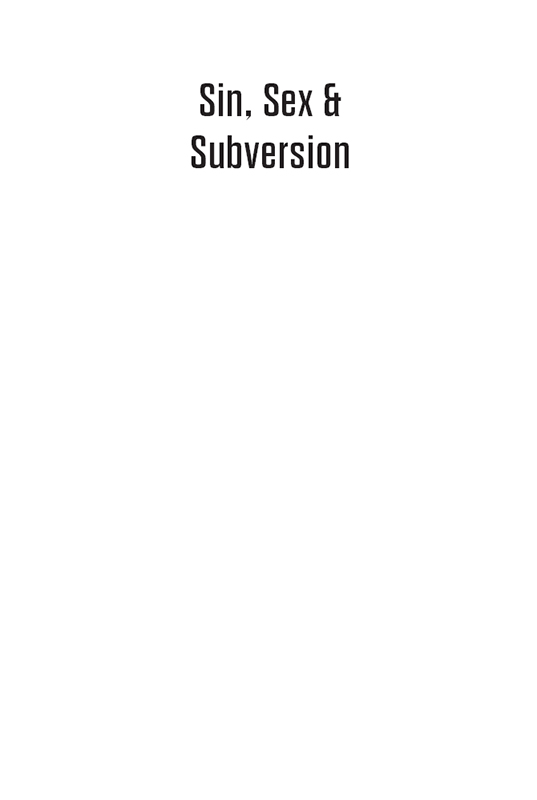Also by David Rosen
Sex Scandal America: Politics & the Ritual of Public Shaming
Off-Hollywood: The Making & Marketing of Independent Films
Copyright 2016 by David Rosen
All rights reserved. No part of this book may be reproduced in any manner without the express written consent of the publisher, except in the case of brief excerpts in critical reviews or articles. All inquiries should be addressed to Carrel Books, 307 West 36th Street, 11th Floor, New York, NY 10018.
Carrel Books books may be purchased in bulk at special discounts for sales promotion, corporate gifts, fund-raising, or educational purposes. Special editions can also be created to specifications. For details, contact the Special Sales Department, Carrel Books, 307 West 36th Street, 11th Floor, New York, NY 10018 or .
Carrel and Carrel Books is a registered trademark of Skyhorse Publishing, Inc., a Delaware corporation.
Visit our website at www.skyhorsepublishing.com.
10 9 8 7 6 5 4 3 2 1
Library of Congress Cataloging-in-Publication Data is available on file.
Cover design by Rain Saukas
ISBN: 978-1-63144-044-1
Ebook ISBN: 978-1-63144-045-8
Printed in the United States of America
He who transgresses not only breaks a rule.
He goes somewhere that the others are not;
and he knows something the others dont know.
Susan Sontag
For Dara, Jessie, Madeline & Irma
and in memory of Billa love supreme.
CONTENTS
PREFACE
W e live in the shadow of the 1950s, of the turbulent post-World War II era of 19451960. It saw America remade; marked by reconversion, the United States underwent a transition from a national war economy to an international consumer society. It was the period of Elvis and the Cold War; of white flight to suburban prosperity and growing inner-city decline; of the mass adoption of television and commie witch hunts, including the execution of two New Yorkers. It saw old-fashioned moralists contesting nonconformists, outsiders , over sin, sex, and subversion. The 50s was a tumultuous era.
Sin, Sex & Subversion: How What Was Taboo in 1950s New York Became Americas New Normal is an unorthodox historical tale. The book has two theses: first, that during the 50s, sin and sex were as threatening to the moral order as Communism; and second, that Gotham was the epicenter of two warsa cold war waged against subversion and a hot war against sin and sex. These struggles, wars , were two sides of the same historical experience.
In this book, sin, sex, and subversion are broadly conceived categories, suggesting more moral concerns than religious, academic, or legal definitions. Broadly speaking, sin is considered as an illicit or unacceptable belief or value; sex is conceived as the erotic sensibility, ones physical pleasures, outside conventional heterosexuality and marriage; and subversion is understood as critical social engagement, ones politics, whether expressed in word or deed, that questions established authority. Today, much of what used to be considered sin (e.g., homosexuality or pornography) has been normalized, integrated into the market economy. In terms of sex, anything goes whether noncommercial (e.g., fetishists) or commercial (i.e., prostitution) as long as its consensual and among age-appropriate participants. In terms of subversion, 9/11 redefined loyalty to include support for any actual or possible national security threat.
This book consists of three threadssin, sex, and subversionand each includes a series of separate strands, in-depth analyses of major Cold Warera confrontations involving moral, personal, and political concerns. Each chapter is anchored in the experience of a 50s outsider, someone who challenged a social convention and made an important contribution to Americas changing moral order.
What we take for granted today, especially in terms of sin, sex, and subversion, are issues that were bitterly fought over a half century or so ago. And most of the people who fought the battles over the nations moral order, who sought to push the boundaries of the acceptable, were defeated. Some were arrested and imprisoned, many were fired and blacklisted, others denounced and shamed, and two were executed. With few exceptions, the outsiders profiled in this book did not personally know one another.
While most 50s outsiders lost their respective battles, they were ultimately victorious. Americas moral order changed! Pornographers were shut down; comic book publishes censored, their books burned; prostitutes busted; homosexuals shamed and fired; entertainers blacklisted; birth control materials seized; suspect teachers fired; commies jailed and two put to death. But remarkably, the conservative campaign to contain the nations changing moral order failed. Postwar prosperity demanded a new value system, one fostering the pleasures of consumerism, legitimate free expression, dissent, and the Pill. Important Supreme Court decisions defined the shift in values, legitimizing the social revolutions that accompanied those decisions. Today, the once forbidden has become the new normal.
Outsiders of the 1950s prefigured and fashioned the emerging twenty-first-century moral order. Among the issues and individuals considered are:
GenderChristine Jorgensen;
Comic booksBill Gaines;
Obscene imagesIrving Klaw;
Prurient wordsSamuel Roth;
Live performancesClub 82 female impersonators;
ProstitutionPolly Adler;
HomosexualityLiberace;
IdentityMilton Berle;
Sex panicWilhelm Reich;
Birth controlMargaret Sanger;
LoyaltyJulius and Ethel Rosenberg;
RacePaul Robeson;
SubversionHoward Fast;
CrimeFrank Costello.
Susan Sontag best described the outsider when she said, He who transgresses not only breaks a rule. He goes somewhere that the others are not; and he knows something the others dont know. These peopleand the issues they confrontedtruly went places others did not. They helped shape todays moral order.
Sin, Sex & Subversion need not be read in sequential order. The introduction frames the discussion, situating New York and some of the moral issues of the 1950s; the conclusion brings the threads of sin, sex, and subversion forward to the twenty-first century, illuminating how the postmodern moral order was fashioned. Each of the other chapters focuses on a critical issue and stands on its own; the issue may reemerge in another chapter. Like real life, history often overlaps on itself and can be reconceived in different contexts.
As history shows, everything is more than it appears. The book draws upon a diverse range of sources to tell its fascinating story. They include Congressional testimony; court decisions; unpublished manuscripts, oral histories, memories, and autobiographies; popular literature, newspapers, and magazines of the period; police and other public records; and secondary sources such as biographies, popular histories, and scholarly studies. Where available, the book includes links to YouTube and other archival media sources. The magic of multimedia is transforming the old-fashioned printed book into a postmodern media-rich experience; the audio, video, and text references included fill out some of the complex drama the book seeks to suggest.
I wish to especially thank my agent, Christopher Rhodes, of the James Fitzgerald Agency, for believing in the book and finding a supportive publisher. And special thanks to my editor, Maxim Brown, for his critical reading and careful editing of my bookhe made it a better book. Finally, a special recognition to two dear comrades, Peter Hamilton and Donald Nicholson Smith, who long, long stuck with me.

